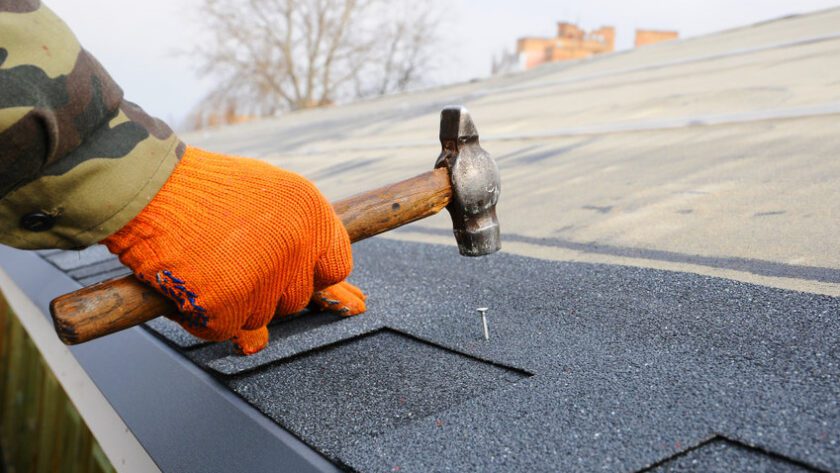Falls are the main culprit of workplace accidents, resulting in death and serious injuries. You can take safety measures to prevent slipping, tripping, or falling in public spaces. However, construction workers performing roof work and employees at elevated workstations are at risk of falls from heights. It is necessary to install a fall protection system like guardrails for roof.
Recognition of fall hazards
Identifying possible fall hazards will help employers develop plans for their projects. Consequently, providing a safe working environment. Besides, workers can detect problems that may cause falls and have them resolved. Setting up a fall prevention plan before a roofing project can also help prevent accidents.
Provision of safety equipment
Workers should have functional personal fall-arrest systems while performing roof work. It would help train them on the correct fitting procedures of the PFAS and usage. Safety systems like Solutions Prox-Secur guardrails for roof, safety nets, and ladders with stabilizing systems will help prevent rooftop falls. Besides workers staying on roofs while completing roofing projects, maintenance workers will also need to access the roof.
Employee training on safety measures
Creating awareness about the prevention of rooftop falls is necessary. Through safety workshops and training sessions, employees can learn how to install PFAS equipment and other roof work safe practices. Demonstrating the safety guidelines will give employees a better understanding of the correct setup and usage of the protection system.
It is necessary to review the training regularly as employees and equipment change. Repetitive training at specific intervals will inform the employees about updates on safe practices on roof work. Besides, enforcing zero-tolerance for safety violations will prompt employees to take precautions when working on rooftops.
Avoid unnecessary roof access in dangerous weather conditions
Wet and slippery roofs, strong winds, hot temperatures, and snow buildup from weather conditions can increase the risk of falls. Despite the climate, creating safe paths allows workers to reach the roof for routine maintenance. Guardrails for roofs are proven fall protection systems to ensure workers’ safety. However, avoiding the rooftops during a thunderstorm would be best.
Thorough evaluation roofs
Workers should examine the construction and strength of roofs before carrying out routine maintenance. Snow and rain can build up on flat roofs, making them slippery. It is difficult and risky to move around steep roofs. Besides, a weak roof can give way due to foot traffic, causing an accident. Installing guardrails for the roof can improve workers’ safety in any of these situations.
Safe roof access
Reaching the roof through poorly constructed steps or moving around obstacles like piping during routine maintenance is dangerous. Also, operating near the edges during roof construction is risky. A properly built roof walkway and stairways with handrails can minimize the incidence of falls. Besides, Solutions Prox-Secur guardrails are an excellent fall protection system.
Constant inspection of roofing project
Being on the lookout for fall hazards at job sites can help maintain the safety of workers. Though project superintendents should perform consistent inspections, training your employees will go a long way in maintaining a safe work environment. Trained workers can identify fall hazards and report to superiors at once or follow the correct procedure to address the issue.
It is an employer’s responsibility to maintain a safe work environment. Installing guardrails for roofs and other fall protection systems may not eliminate accidents but can reduce them to the minimum. Also, training employees and enforcing the practice of standard safety precautions can help protect workers.
Besides experienced roofers, plumbers, ventilation installers, carpenters, and other workers may need to access the roof. These workers also need safety gear while working on rooftops. Training them will help create a safe workspace. However, such an employee should request it if there is no provision for protective equipment.




